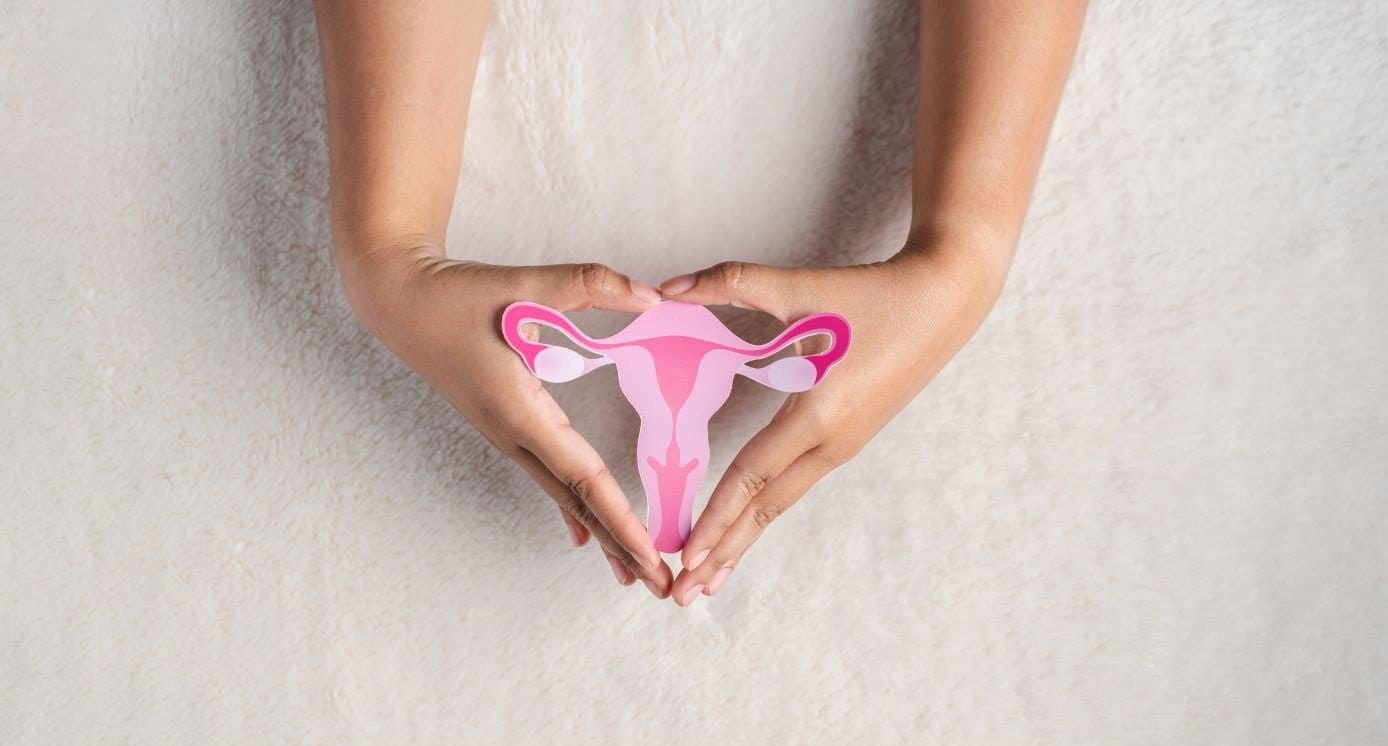Endometriosis & Nutrition
March is Endometriosis Awareness Month, and our Registered Dietitian Niamh Kelly is here to share her expert advice on how to optimise your nutrition to help manage and reduce the symptoms of endometriosis, a condition which affects approximately 1 in 10 women and those assigned female of birth.
Endometriosis is a condition defined by the presence of endometrium-like tissue located outside the womb. Women living with endometriosis may suffer with ongoing pelvic pain and dysmenorrhea, among other symptoms including;
Infertility
Fatigue
Painful urination before periods
Painful bowel movements during periods
Pain with sex
Pain before and during periods due to severe cramping, heavy menstrual flow, and periods lasting > 7 days
Diarrhoea
Constipation
Nausea
There is no cure for endometriosis, but dietary and lifestyle changes can help with managing the condition and improving pain and other symptoms, as well as overall wellbeing.
As inflammation is one of the main factors at play with endometriosis, nutrients with anti-inflammatory characteristics can help to suppress endometriosis-related pain symptoms.

Foods that help reduce inflammation
1. Vegetables:
How much?
4-5 servings per day minimum. Aim for half a plate of vegetables at lunch and dinner time if possible.
Why?
Vegetables are rich in flavonoids and carotenoids with antioxidant and anti-inflammatory properties. Aim for variety in colour to get a wide variety of nutrients, including A, E, and C.
2. Fruit:
How much?
1-2 servings per day (one serving = 1 medium size piece of fruit, ½ cup chopped fruit, ¼ cup dried fruit).
Why?
Fruits are rich in flavonoids and carotenoids with antioxidant and anti-inflammatory properties. Aim for variety in colour to get a wide variety of nutrients, including A, E, and C. Remember to always wash fruit and vegetables before consumption.
3. Beans & Legumes:
How much?
2-4 servings per week (one serving = ½ cup cooked beans or legumes).
Why?
Beans are rich in folic acid, magnesium, and potassium and soluble fibre. They are a low-glycaemic-load foods that help to stabilise blood sugar levels.
Incorporating beans and legumes into your diet is easier than you think! Have a look at these examples:
Adding chickpeas into a curry
Adding mixed beans into a salad
Swapping chicken for falafel at lunch time
Having a snack of hummus and crudités
Trying vegetarian recipes such as bean chill, chickpea tagine, lentil or a bean burgers
4. Nuts & Seeds
How much?
1-2 servings a day
Why?
Nuts and seeds are high in Omega-3s (particular type of poly-unsaturated fat) which are anti-inflammatory. They are also excellent sources of B-vitamins.
TIP: Another excellent source of Omega-3s is oily fish such as salmon, trout, sardines, mackerel and herring. We should be aiming for 2 portions a week if possible, to improve our health and nutritional status.
5. Wholegrains
How much?
3-5 servings a day, depending on activity levels (one serving = ½ cup cooked grains). Sources include brown rice, Quinoa, buckwheat, wholegrain pasta and noodles.
Why?
Whole grains (also known as low Glycaemic Index carbohydrates) have added B-vitamins with added fibre to promote a healthy digestive tract and reduce spikes in blood sugar that promote inflammation.

Foods that may cause inflammation
Try to avoid or reduce the below foods in your diet which may be contributing to inflammation:
Refined carbohydrates: white bread, baguettes, chips, confectionary, sweets, sugary cereals
Fried foods: chips
Fizzy drinks
Red meat and meats grilled at high temperatures: burgers, steaks, processed meat, chicken
Margarine and lard
Omega 6 fatty acids: corn, sunflower, safflower and soy bean oil, snacks and fried foods
Sugar
Saturated fats: meat, full fat dairy
Trans fats – watch out for hydrogenated oils on packaging
Aspartame
Alcohol
It can be challenging to avoid high sugar foods, but focusing on a regular meal pattern with balanced meals that contain adequate protein and fibre can help to manage appetite, promote satiety, and therefore reduce sugar cravings.
nutrition for endometriosis – summary
Aim for half of your plate to be filled with a variety of vegetables. These are high in vitamins and antioxidants to help reduce inflammation.
Choose wholegrain carbohydrates.
Vary your protein sources by adding in plant-based protein like beans and legumes to lower red meat consumption.
Incorporate healthy fats like Omega 3’s, found in avocado, fish, nuts, seeds and olive oil.

Other Considerations
Regular exercise, adequate sleep and stress management are also key factors in reducing inflammation and improving overall wellbeing. If you are struggling to incorporate regular exercise to suit your current fitness levels, support from a physiotherapist or health coach may be helpful. If you are struggling with gut issues, intense sugar cravings or other specific dietary challenges, a dietitian can help and support you with creating a diet plan that adheres to your specific needs and problem areas.
March is Endometriosis Awareness Month – find out more here!
If you are interested in speaking with one of our registered dietitians, visit our Virtual Clinic to book a consultation.















